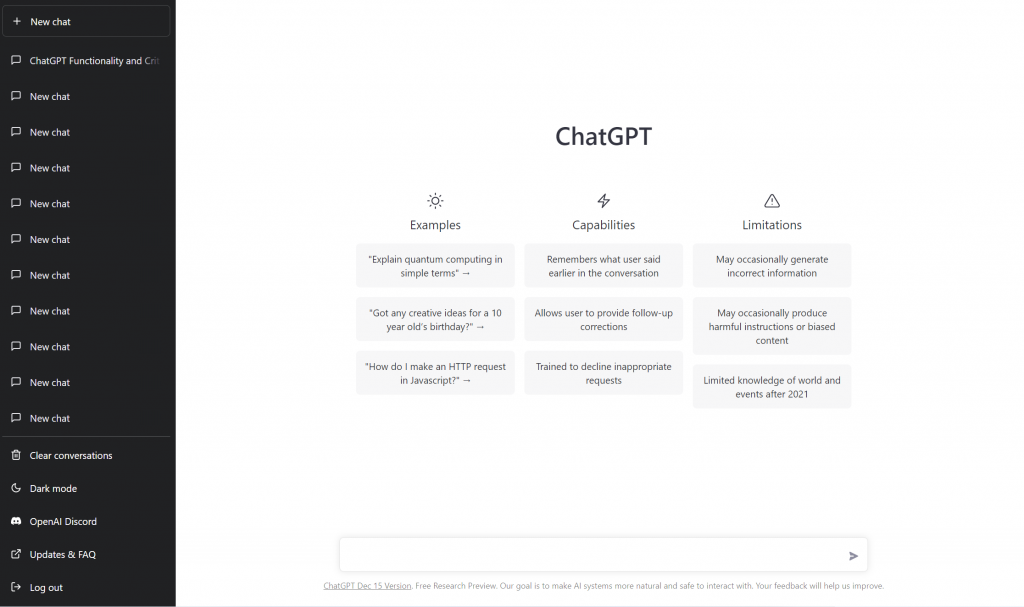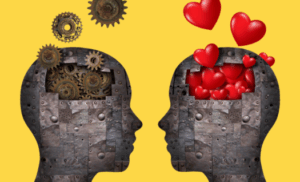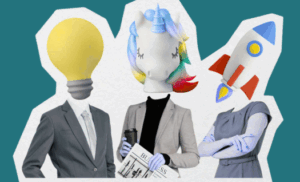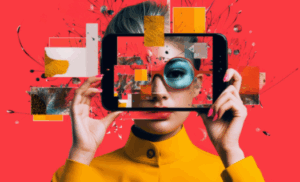Artificial intelligence (AI) was not installed among us in 2022, but it did become a popular concept. By “popular” we mean that it went from being something technical, within the exclusive reach of companies and experts, difficult to translate outside of professional circles, to almost becoming a commodity, a consumer good with which to experiment, play and create. ChatGPT has been the latest push received by a market in which innovation has not stopped and is at a key point for its implementation and adoption on a widespread basis. However, how does ChatGPT work and what risks can it have in the field of communication and marketing?
What is ChatGPT?
To begin with, let’s describe what ChatGPT is. It is not a platform, although we interact with it through a user interface, but a language model. Created by OpenAI, a non-profit initiative driven by Elon Musk (creator and owner of Tesla and SpaceX, and controversial owner of Twitter) and Sam Altman (former president of accelerator Y Combinator), it allows coherent responses to be generated to questions or comments that are formulated to it, all using a chat-style conversation. When we ask a question or converse with this model, ChatGPT analyzes the text and uses the knowledge and skills learned during the training it has undergone to create a coherent response. This detail is key: it provides coherent responses, but not accurate, reliable, or infallible ones.
“ChatGPT is a language model that allows coherent responses to be generated to questions or comments”
ChatGPT is what we call a generative artificial intelligence, which means it can create or generate new and original content from a set of data or a template that has been provided to it. Generative AIs are used in all kinds of applications, such as creating text, images, music (yes, music too) and video. In the field of image generation, to date, the results had been most spectacular and the available solutions, more varied. Midjourney, Stable Diffusion or Dall-E 2 are just three of the available tools. Some are already being integrated into more popular content editing platforms. This is the case with Freepik, which provides this service through WePik, its image editor with which it competes with environments like Canva.

What ChatGPT responses depend on
For its operation, ChatGPT has a few elements and features that determine the result of its responses:
- At a technical level, it uses a neural network with a transformer architecture that allows it to process texts and produce responses. Let’s take a break. What is this “transformer architecture”? It is a natural language processing model that is used in machine learning. It allows languages to be understood to the point of being able to make very approximate translations, summarize texts or, of course, answer questions. This architecture has multiple layers of attention, which makes it easier for the model (ChatGPT) to consider different parts of the input at the same time and process them simultaneously instead of word by word.
- It does not have access to additional information and is not able to search the internet. The data it handles is limited to what it has learned during its training process and what it can infer from the provided text and the context provided. This does not mean, however, that its API (application programming interface) cannot be used to combine the generative power with databases or content indexed by search engines. There are already users making progress in this sense.
- ChatGPT has been fed millions of documents that allow it to understand natural language. This process is what has provided it with the information it manages and with which it responds coherently, that is, plausibly. Its responses are grammatically and semantically correct, but they cannot necessarily be judged as true or false; they will be one thing or the other depending on what it has learned and what we indicate to it. If we tell it that it is lying and that it should give another response… it will give another response.
- ChatGPT can indeed lie, but not consciously. Its goal is, in its words, to “better understand things” and provide “accurate and useful information”. As a model, it lacks opinions and is not governed by personal emotions or motivations.
The risks of ChatGPT: from language biases to insensitivity
The reliability of this system is not only affected by the veracity of the information it provides. Although it strives to offer practical, useful and valid content, it is affected by the cognitive biases with which the material used in its learning process was created. In fact, it is a consequence of the often twisted trends with which contents are generated today. For example, if the data set used to train ChatGPT included a greater amount of text written by men compared to text written by women, it is possible that the model will reproduce these biases in its responses, unless the data set is balanced and diverse. The same thing happens with languages; if the model didn’t have access to enough data in a minority language, its results in that language are likely to be incoherent.
“The content of ChatGPT is affected by the cognitive biases with which the material used in its learning process was created.”
With that said, what would be the main risks of using ChatGPT? Let it answer that itself:
- Excessive dependency on obtaining information or making decisions.
- Lack of precision. It is important to verify the results it provides before making decisions based on them.
- Difficulty in understanding the context or tone of questions or comments.
- Lack of sensitivity, as it lacks emotions and does not understand the impact that its responses may have.
- Risk of inappropriate use. While it warns against requests that may be inappropriate or illegal, such as asking for details on how to hack a computer system, it is not exempt from providing information that may be used inappropriately. It does not prevent this because it is not designed for this purpose… yet.
With all of this, and being aware of its limitations and possibilities, 2023 is undoubtedly going to be a year of expansion of artificial intelligence. From Incognito, we are sure that new innovations will emerge that take advantage of the possibilities of generative AIs to simplify creative processes and speed up our work. But we will still be necessary as humans. From Incognito, there is no doubt about it.












